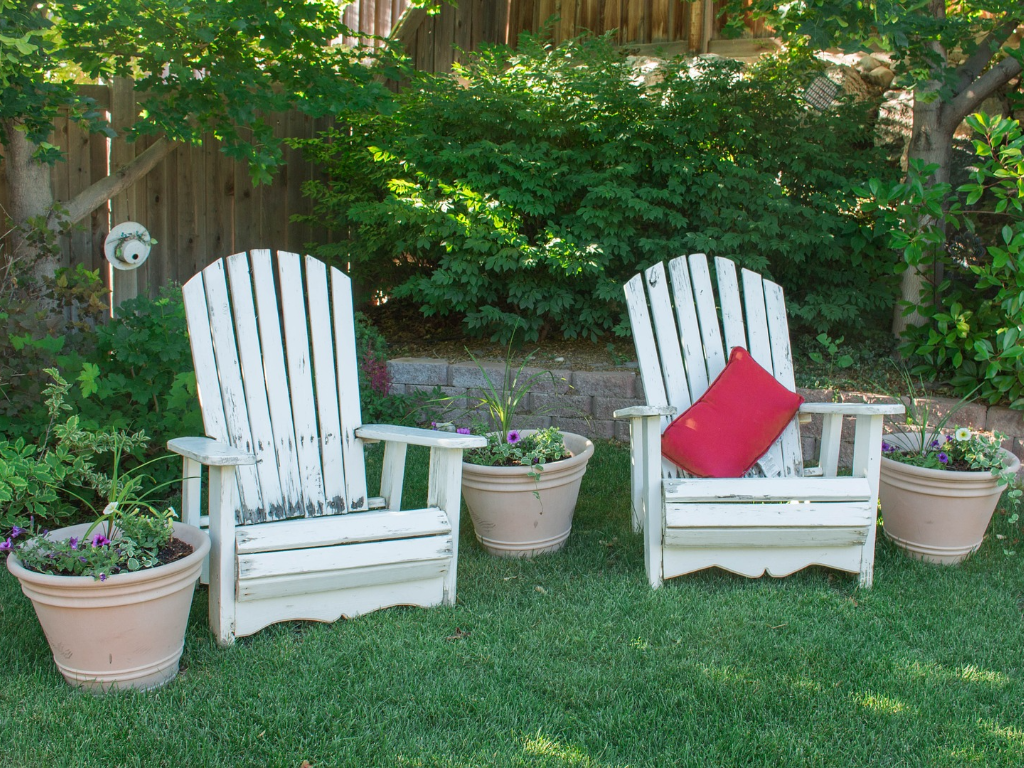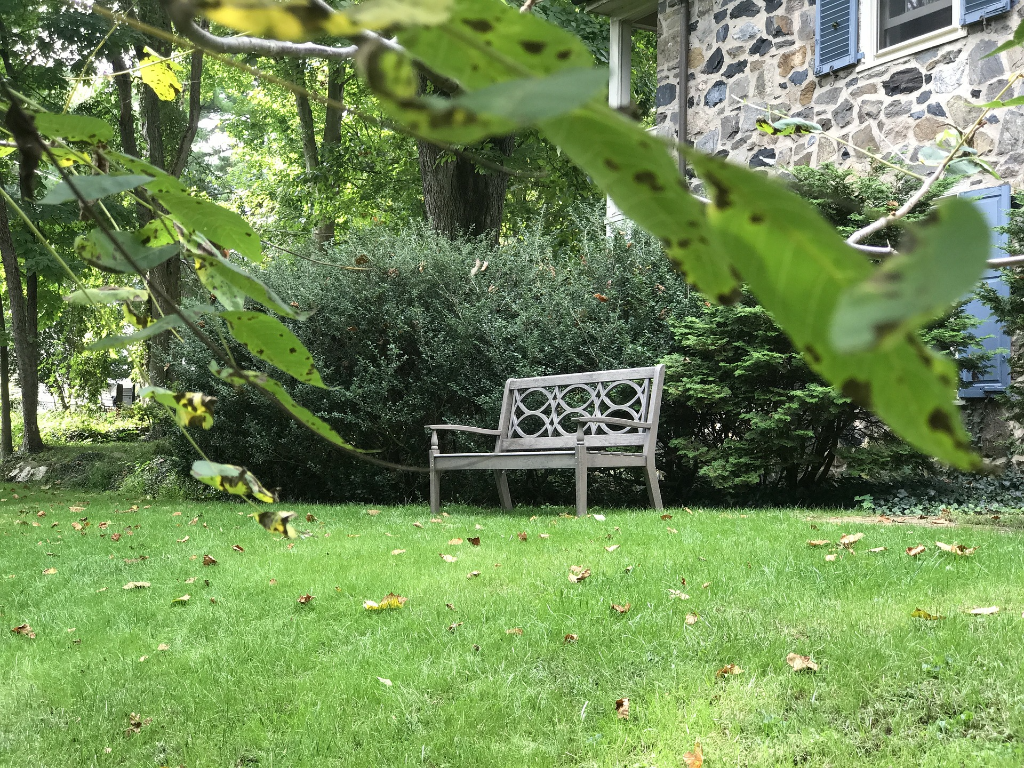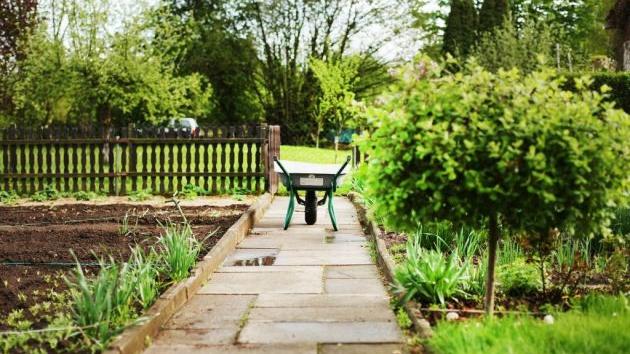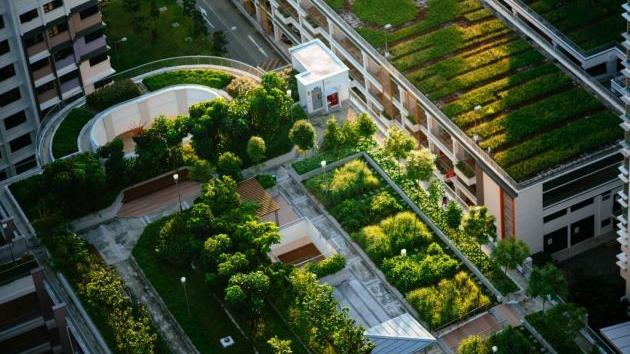Latest Garden Design Trends – Pandemic Incites Wave of Changes
Source: eKapija
 Tuesday, 21.09.2021.
Tuesday, 21.09.2021.
 13:56
13:56
 Tuesday, 21.09.2021.
Tuesday, 21.09.2021.
 13:56
13:56
Illustration (Photo: silverstrike24 from Pixabay)

As she explains, people don’t like to prune, dig, weed out or carry out any similar activities. They also avoid deciduous trees so that they wouldn’t have to gather leaves in the autumn. Cedars (thujas) are out of fashion as well and now people are looking for something else.
– Decorative grasses are very popular and in great demand at the moment. Also, for some time now, the Photinia plant has been popular. This is an evergreen shrub that can be formed as a mini-tree and a tree with multiple trunks – multistem (a popular form in other species as well), a hedge, in lanes – narrow forms which are used as green “screens” – points out Marija, who is also the owner of the company Basta Biro.
Seeing how there’s a lack of ground, greenery has started climbing on AB slabs of underground facilities and flat house roofs, so green roofs are increasingly frequent. Greenery is also conquering building facades as well – in the form of green walls.
According to our interviewee, the quality of the soil is very important, and it is often neglected.
– It’s necessary for it to be fixed before a green space is established. Then, the microclimate conditions are important as well (wind, sun, frost… exposure). All these data are combined with the desires and ideas of the users of the space – the landscape architect can provide a functional and good-looking solution based on them. Considering the climate change, irrigation is necessary, and an automatic irrigation system is preferred – she advises.
The choice of the plants, she adds, should be such that there’s an attraction like a flower, a fruit, or something similar in every period of the year.
Garden development and the pandemic
It is apparent that the pandemic has had an impact on people’s relation to their gardens, balconies and greenery.
– During last spring’s quarantine, there was an explosion of the purchase of plants and various equipment for gardens. People started seeing the little greenery available as a value and therefore started developing their surroundings seriously, whether a large yard or a miniature balcony. The number of families buying village properties looking to move there, outside the polluted and overcrowded city, increased – our interviewee says.
When asked what modern garden development lacks, primarily when it comes to new buildings, our interviewee has a short answer, saying that “there’s a lack of gardens”.
She explains that, following the construction, there’s a minimal area left over for the greenery, and very often the majority of it is on underground levels.
– Front yards cannot feature greenery due to numerous connections which pass through there to the facility. Streets without tree lanes are thereby also left without any considerable greenery in the yards – naked and cold. What’s especially missing is free ground along the new buildings, not just for the greenery, but also for the land, drainage, floods…
The reduction of green areas, according to her, contributes even more to the heating up and the radiation of heat, that is, the formation of heat islands.
– The variety of life forms within a micro location changes and is lowered, which has a direct impact on systems of green areas, the living environment, biodiversity… This all comes from the lowered awareness of the benefit of green areas, its functions and impact on the environment and the system in general – Marija underlines.
(Photo: Pixabay/ NandaArt)

Public spaces in cities – Lack of trees
When it comes to public spaces in cities, she praises the practice of greening flat roofs, which, she adds, mitigate the climate extremes in every sense.
– Foreign investors have raised the standard of development of areas around business facilities, so there’s much more care now about those public spaces.
She adds that the greenery in streets and on squares, most frequently trees, should increase. It is especially impacted by the pollution, large solidly paved surfaces and underground installations.
– It is necessary for each new facility to have green areas. It can only be achieved if the planning documents and then the location requirements treat the conditions for green areas in more detail. What’s also missing is the consistency in having the planned green areas get more concrete conditions in every instance through the planning documentation, urban planning and, finally, location requirements. It’s usually the opposite and the request, that is the conditioning on green areas, weakens from the plan to the location requirements, so they are often not even present in the location requirements, and the planned area grows – she says.
The problem of raising awareness of the importance of green areas within urban environments has also been recognized by the Association of Landscape Architects of Serbia.
– What’s missing is professional rules, regulations, a law on greenery. In that sense, the association and us as individual representatives of the association and our profession are fighting for green areas to get the needed and necessary status and importance – Marija points out.
Ivana Milovanovic
The full contents of the Special Edition Newsletter “Interior and
Exterior – How to Achieve Superior Home and Office Space” can be found HERE.
Companies:
 UPA Beograd
UPA Beograd
Tags:
Association of Landscape Architects of Serbia
Marija Ostojic
garden development
cedars
decorative grasses
Photinia
green roofs
green walls
greening
greenery
exterior
exterior development
eKapija special edition newsletter
special edition newsletter Interior and Exterior How to achieve superior home and office space
Comments
Your comment
Most Important News
Full information is available only to commercial users-subscribers and it is necessary to log in.
Follow the news, tenders, grants, legal regulations and reports on our portal.
Registracija na eKapiji vam omogućava pristup potpunim informacijama i dnevnom biltenu
Naš dnevni ekonomski bilten će stizati na vašu mejl adresu krajem svakog radnog dana. Bilteni su personalizovani prema interesovanjima svakog korisnika zasebno,
uz konsultacije sa našim ekspertima.


 Izdanje Srbija
Izdanje Srbija Serbische Ausgabe
Serbische Ausgabe Izdanje BiH
Izdanje BiH Izdanje Crna Gora
Izdanje Crna Gora


 News
News












